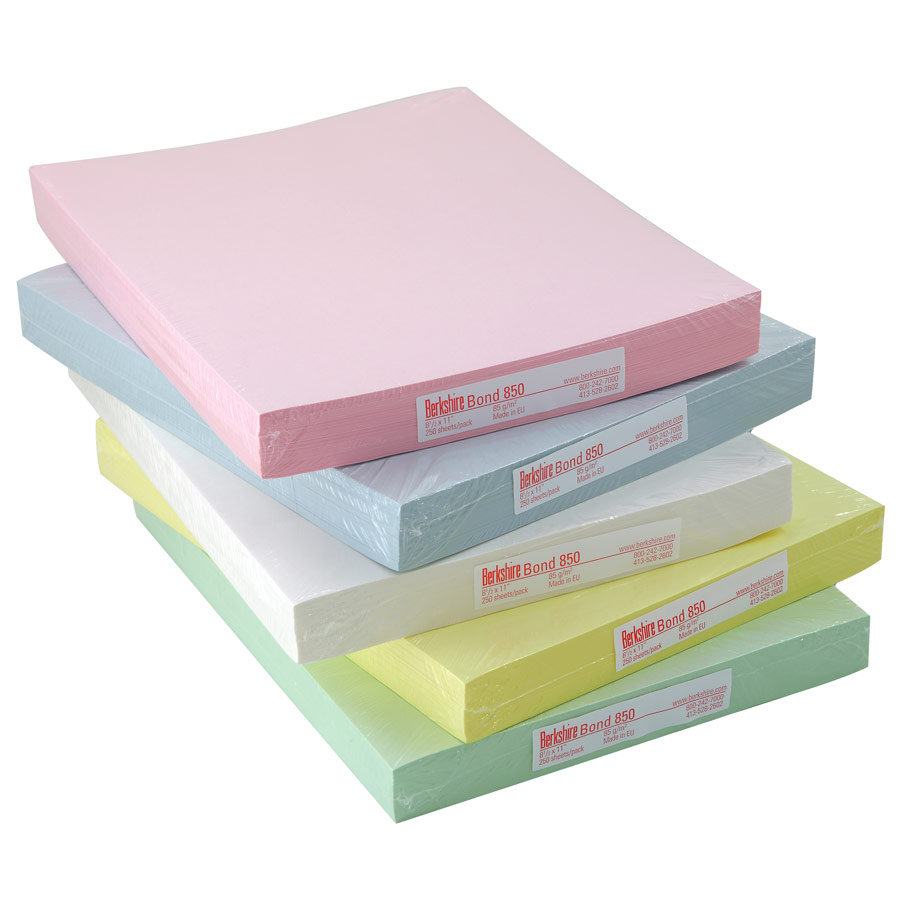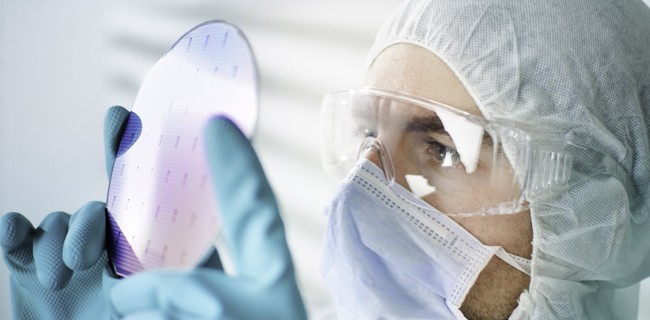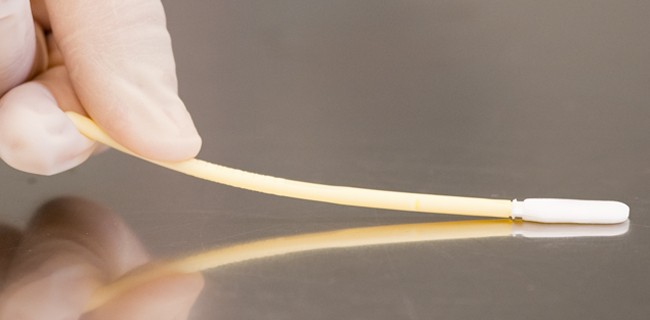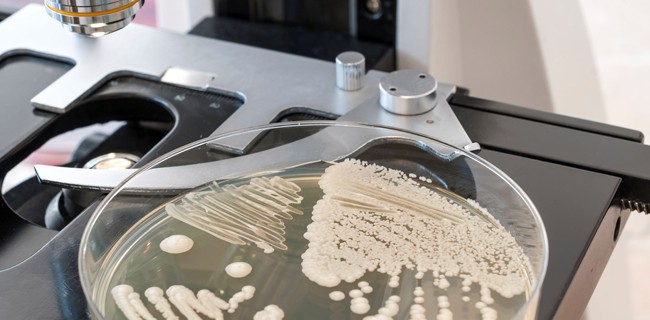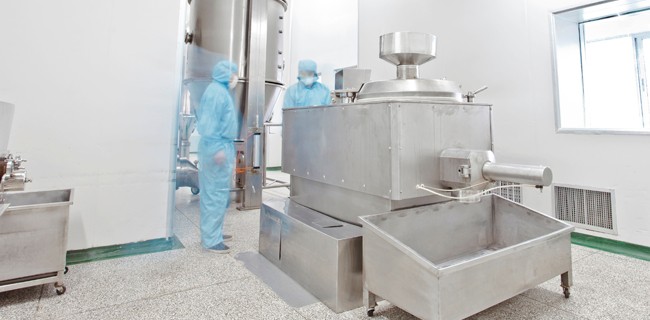CLEANROOM PERSONNEL Cleanroom garments cannot contain all human detritus Particles (µm) travel up through the garments toward the head Particles (µm) fall down the legs during activity Gowning SOPs and continuous training is crucial
Tag Archives: Particle Contamination
HEPA VS. ULPA IN A CLEANROOM 1. This large circle represents the cross section of a human hair, with an average visible diameter of 75μm. 2. This smaller circle, still visible to the human eye, represents a 50μm diameter particle. 3. This represents a 0.3μm diameter particle. HEPA filters remove over 99.97% 4. This represents [Read More…]
BCR® Bond 850 100% wood pulp, synthetic latex binder Helmke Drum (particles/ft3) : 68 Na+ : 100ppm K+ : 1.7ppm Ca++ : 0.56ppm Mg++ : 0.13ppm Cl : 44ppm Standard Copy Paper 100 % wood pulp Helmke Drum (particles/ ft3) : 7200 Na+ : 1500ppm K+ : 12ppm Ca++ : 180ppm Mg++ : 61ppm Cl : 2000ppm 68ppm Vs. 7200ppm! IEST – [Read More…]
Faced with the problem of removing small bits of contamination in the cleanroom, you would probably have to invent the swab if it didn’t already exist. You would soon find that this little “wiper on a stick” would also prove invaluable in cleaning delicate mechanisms, in precision surface cleaning and in removing residues in hard-to-reach [Read More…]
SOURCES OF CLEANROOM CONTAMINATION What Are The Most Common Sources Of Contamination In A Cleanroom? People & Personnel Objects Fluids Tools Equipment Processes What Are The Most Common Types Of Cleanroom Contamination? Skin Particles Fibers Dust Grease Bacteria Viruses Metals Fungi NVRS (Non-volatile Residues) Ions Films DID YOU KNOW? Using Cheap Or Substandard Cleanroom Wipes [Read More…]
Let’s focus on one of the most challenging cleaning requirements for the pharmaceutical industry – cleaning equipment used to manufacture injectable materials – so called “parenteral drugs”. These materials must be made in environments that are absolutely clean and sterile, because there is no opportunity for the drugs to be sterilized after packaging – i.e. [Read More…]
Let’s focus on one of the most challenging cleaning requirements for the pharmaceutical industry – cleaning equipment used to manufacture injectable materials – so called “parenteral drugs”. These materials must be made in environments that are absolutely clean and sterile, because there is no opportunity for the drugs to be sterilized after packaging – i.e. [Read More…]
The surfaces have been wiped and the obvious question is: How clean are they? Start with what you see. Do the surfaces look visibly clean? If not, the wiping activity is not yet done. Wipe to the absence of visible soil on both the surface and the wiper. Keep wiping until the last wiper shows [Read More…]
In Particles on Surfaces – Part 1, witness wafer and settling plate data showed that particles and bacteria (i.e. viable particles) will settle on cleanroom surfaces. From this we can infer that particles do NOT behave as hard microscopic billiard balls, striking surfaces and rebounding into the air. Rather, through inelastic collisions with the surface, they [Read More…]
Surely cleanrooms qualify. Air filtered everywhere. Operators garbed from head to foot with only a portion of their faces exposed. Spotless stainless steel and plastic surfaces everywhere. No paper or cardboard anywhere. Manufactured product protected. Surely this is cleanliness next to Godliness. Appearances are deceiving. Despite the advances made in the High Efficiency Particle Air [Read More…]
- 1
- 2




















